

Quote: Originally posted by unionised  |
Quote: Originally posted by BOD513  |
Quote: Originally posted by aga  |
Quote: Originally posted by j_sum1  |
Quote: Originally posted by aga  |

Quote: Originally posted by Morgan  |
Quote: Originally posted by BOD513  |
Quote: Originally posted by Jstuyfzand  |
Quote: Originally posted by ave369  |
 ), as well as parasol mushrooms
(Macrolepiota procera), Lactarius deliciosus, the safron milk cap, who's species epithet is well deserved, when slathered with a bit of butter, a
sprinkle of sea salt and black pepper then roasted on a spike under the grill or over the gas flame, hedgehog fungi (Hydnum repandum) as well as
Camaryllophyllus (sp?) pratensis syn Hygrocybe pratensis, the meadow waxcap, and two other waxcaps, the scarlet hood and the scarlet waxcap.
HH.punicea and H.scarlatina respectively, if I remember right, spelling might be a bit off, since I've just had my evening doses of morphia, oxy,
clonidine, tizanidine (another imidazoline related to clonidine, less hypotensive, shorter acting, less powerful by weight but much more so in effect,
for spasticity due to nerve damage in my leg that by now is decades past the point of ever having a chance to heal, gabapentin (ew) and
chlormethiazole, an oddball, unique, with no relatives in the realm of pharmacy, thats a derivative of B1, minus the pyrimidine portion and the
resultant thiazole-2-ethanols -OH group replaced with a terminal chlorine atom. Nothing else like it in the realms of the pharmaceutical dispensaries,
although easy to make from thiamine (vitamin B1), which shortly I shall post of in the bio section so that I have made my first contribution to the
forum rather than solely queried or chimed in with input to the threads of others. Its an old, old old drug, mainly used for alcohol detox since it
inhibits alcohol-, although not aldehyde dehydrogenase and thereby preventing abrupt dropoff of the plasma levels of ethanol from an alcoholic's last
booze-up and abrupt DTs. Not listed for seizures whatsoever in the BNF but all the same its what I take and it performs with both great rapidity and
most admirable and reliable efficacy. Beginnings of a seizure, during the initial part (mine are myoclonic leading into atonic usually although rarely
myoclonic alone and sometimes solely atonic, leading to, respiratory control aside, total voluntary muscular paralysis.) Stuff smells funky, its
volatile, its a total complete and utter swine to salt and it cannot be stored in plastic containers, although IMO teflon would be alright, or allowed
to contact anything made of or with plastic that you care about, because the free base of the stuff eats plastic like donald trump eats faecal
matter swarming with flies and writhing with his fellow blowfly maggots
), as well as parasol mushrooms
(Macrolepiota procera), Lactarius deliciosus, the safron milk cap, who's species epithet is well deserved, when slathered with a bit of butter, a
sprinkle of sea salt and black pepper then roasted on a spike under the grill or over the gas flame, hedgehog fungi (Hydnum repandum) as well as
Camaryllophyllus (sp?) pratensis syn Hygrocybe pratensis, the meadow waxcap, and two other waxcaps, the scarlet hood and the scarlet waxcap.
HH.punicea and H.scarlatina respectively, if I remember right, spelling might be a bit off, since I've just had my evening doses of morphia, oxy,
clonidine, tizanidine (another imidazoline related to clonidine, less hypotensive, shorter acting, less powerful by weight but much more so in effect,
for spasticity due to nerve damage in my leg that by now is decades past the point of ever having a chance to heal, gabapentin (ew) and
chlormethiazole, an oddball, unique, with no relatives in the realm of pharmacy, thats a derivative of B1, minus the pyrimidine portion and the
resultant thiazole-2-ethanols -OH group replaced with a terminal chlorine atom. Nothing else like it in the realms of the pharmaceutical dispensaries,
although easy to make from thiamine (vitamin B1), which shortly I shall post of in the bio section so that I have made my first contribution to the
forum rather than solely queried or chimed in with input to the threads of others. Its an old, old old drug, mainly used for alcohol detox since it
inhibits alcohol-, although not aldehyde dehydrogenase and thereby preventing abrupt dropoff of the plasma levels of ethanol from an alcoholic's last
booze-up and abrupt DTs. Not listed for seizures whatsoever in the BNF but all the same its what I take and it performs with both great rapidity and
most admirable and reliable efficacy. Beginnings of a seizure, during the initial part (mine are myoclonic leading into atonic usually although rarely
myoclonic alone and sometimes solely atonic, leading to, respiratory control aside, total voluntary muscular paralysis.) Stuff smells funky, its
volatile, its a total complete and utter swine to salt and it cannot be stored in plastic containers, although IMO teflon would be alright, or allowed
to contact anything made of or with plastic that you care about, because the free base of the stuff eats plastic like donald trump eats faecal
matter swarming with flies and writhing with his fellow blowfly maggots

| Quote: |


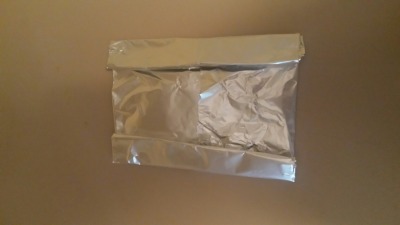

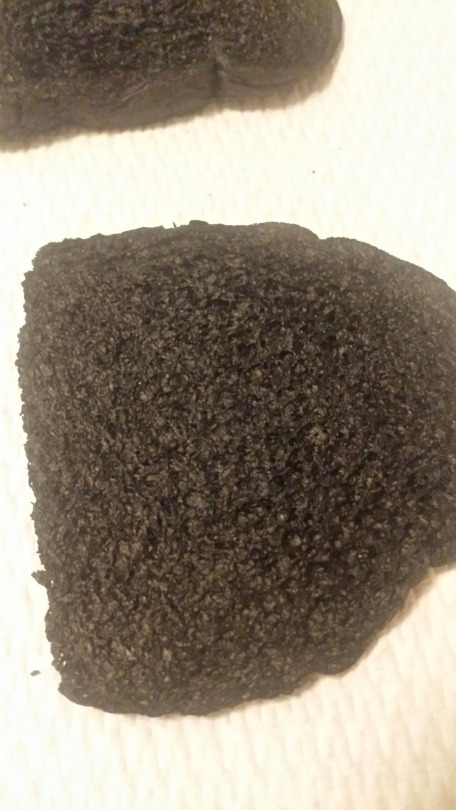
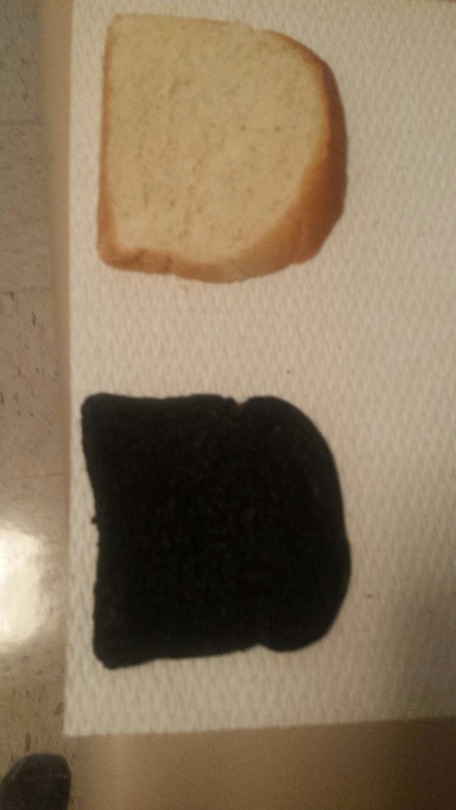
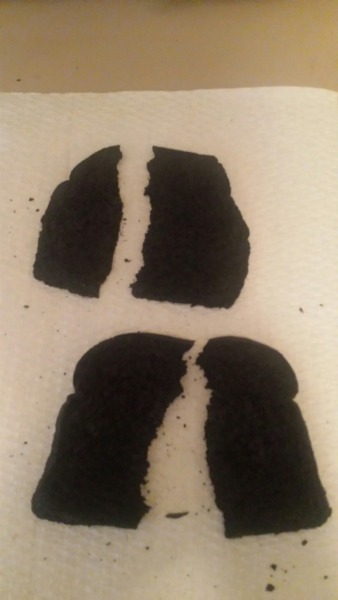
 the family isn't in town and I have the day off, a bag of briquetts and that new stove ... Gonna get me some
answers. Along with some more bread kinds to try. The french bread from safeway was good, but sourdough had huge irregular pockets that made for a
dissapointing outcome when sawed into slabs. Check back later today, hopefully with more info than ponderings
the family isn't in town and I have the day off, a bag of briquetts and that new stove ... Gonna get me some
answers. Along with some more bread kinds to try. The french bread from safeway was good, but sourdough had huge irregular pockets that made for a
dissapointing outcome when sawed into slabs. Check back later today, hopefully with more info than ponderings got a pile of things crammed into the SS cup this
time. Soggy bread with boric acid, same with Mg(OH)2, charred bits with some of each, same bread with nothing on it, couple cotton balls
and a couple mystery items to show when its all cooked. Fingers crossed for excellence.
got a pile of things crammed into the SS cup this
time. Soggy bread with boric acid, same with Mg(OH)2, charred bits with some of each, same bread with nothing on it, couple cotton balls
and a couple mystery items to show when its all cooked. Fingers crossed for excellence. that was a crazy vid. Still wish people would seal the
carbon from air while trying this...
that was a crazy vid. Still wish people would seal the
carbon from air while trying this... Quote: Originally posted by Maroboduus  |
Quote: Originally posted by j_sum1  |
Quote: Originally posted by violet sin  |
 From my
tests, bet acrylic felt would have a tight window to retain any form. Would likely be hard to control temp well enough with out a lot of trial and
error, or a nicer setup than coals. Lol. Bare minimum a hotplate, stainless pot and lid with Al foil to spare. Maybe a toaster oven. But your nice
vac furnace would make simple work of finding the best temp. So for someone with only charcoal to work with, probably a bad idea to expect much to
work out. Not a bad idea to try, or suggest though.
From my
tests, bet acrylic felt would have a tight window to retain any form. Would likely be hard to control temp well enough with out a lot of trial and
error, or a nicer setup than coals. Lol. Bare minimum a hotplate, stainless pot and lid with Al foil to spare. Maybe a toaster oven. But your nice
vac furnace would make simple work of finding the best temp. So for someone with only charcoal to work with, probably a bad idea to expect much to
work out. Not a bad idea to try, or suggest though. Quote: Originally posted by unionised  |
Quote: Originally posted by aga  |
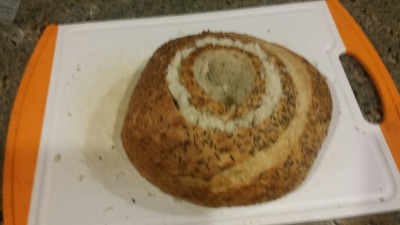

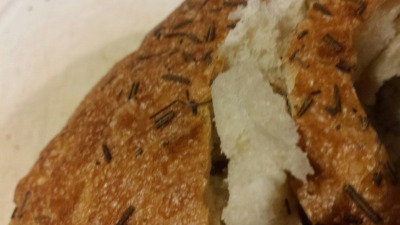
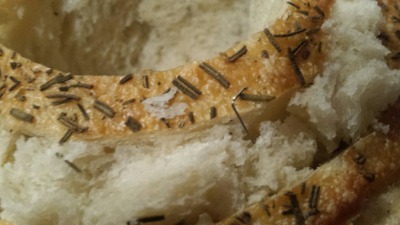
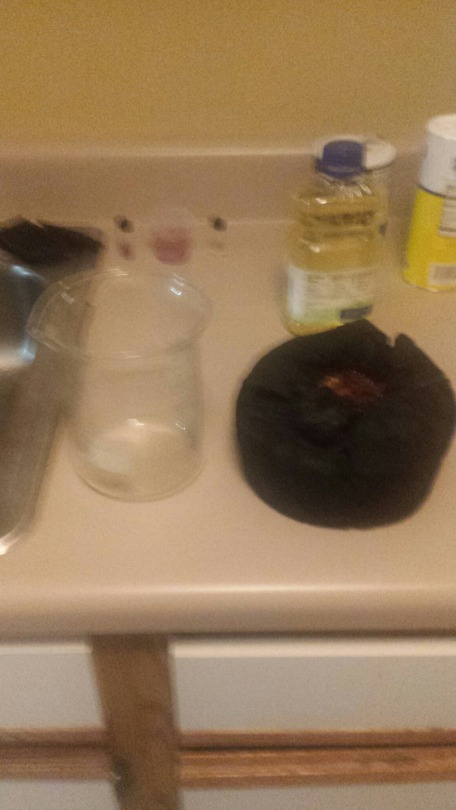
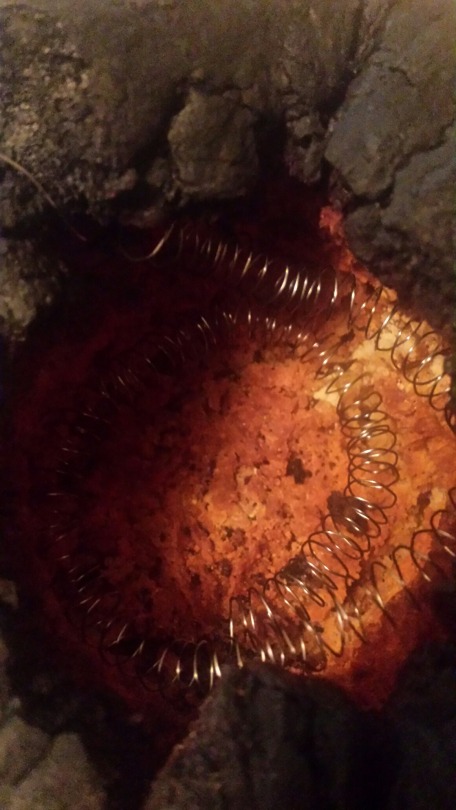
Quote: Originally posted by elementcollector1  |
Quote: Originally posted by elementcollector1  |

Quote: Originally posted by Brominated Potato  |

Quote: Originally posted by aga  |
Quote: Originally posted by aga  |
Quote: Originally posted by Chemetix  |
Quote: Originally posted by aga  |